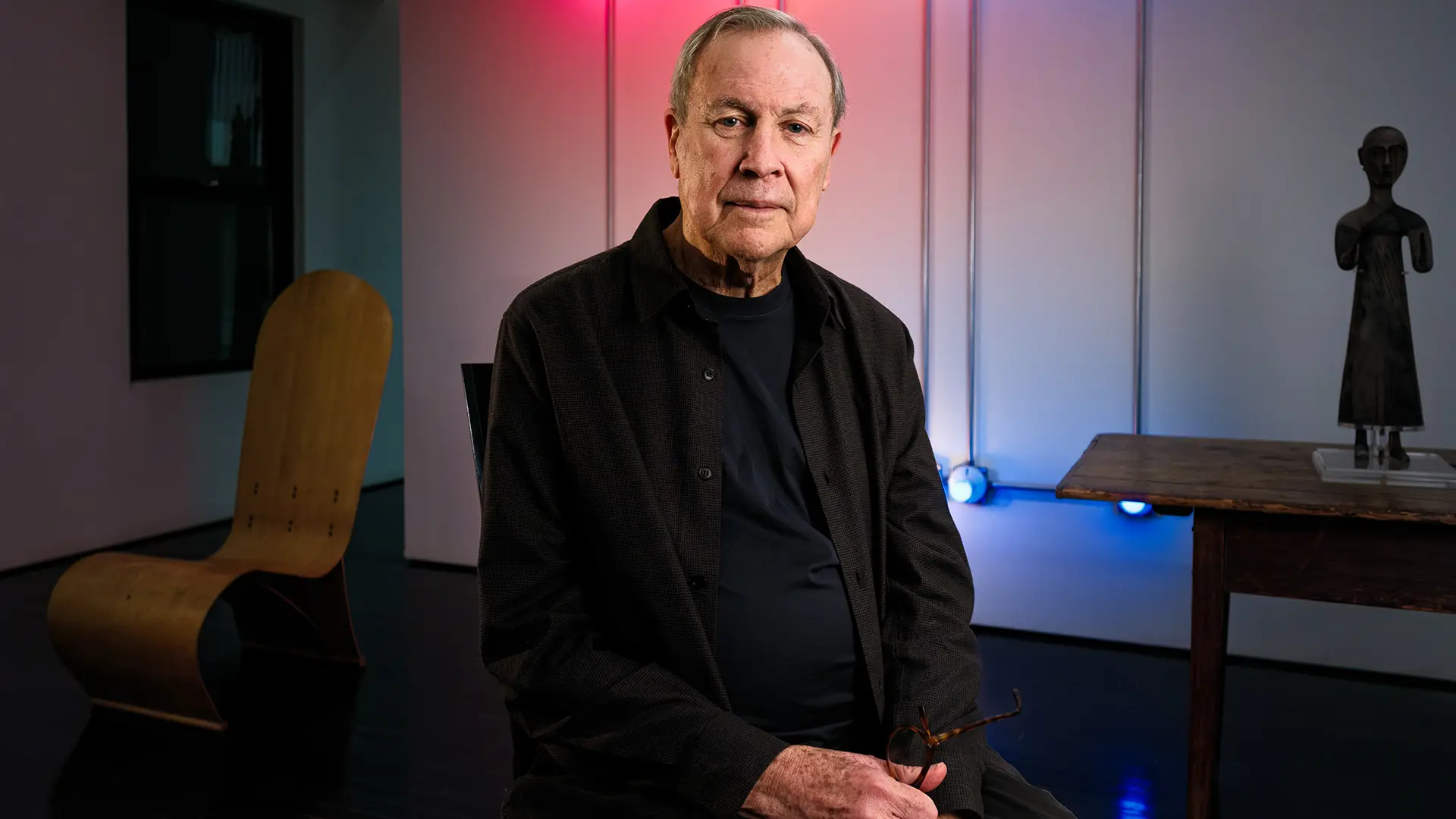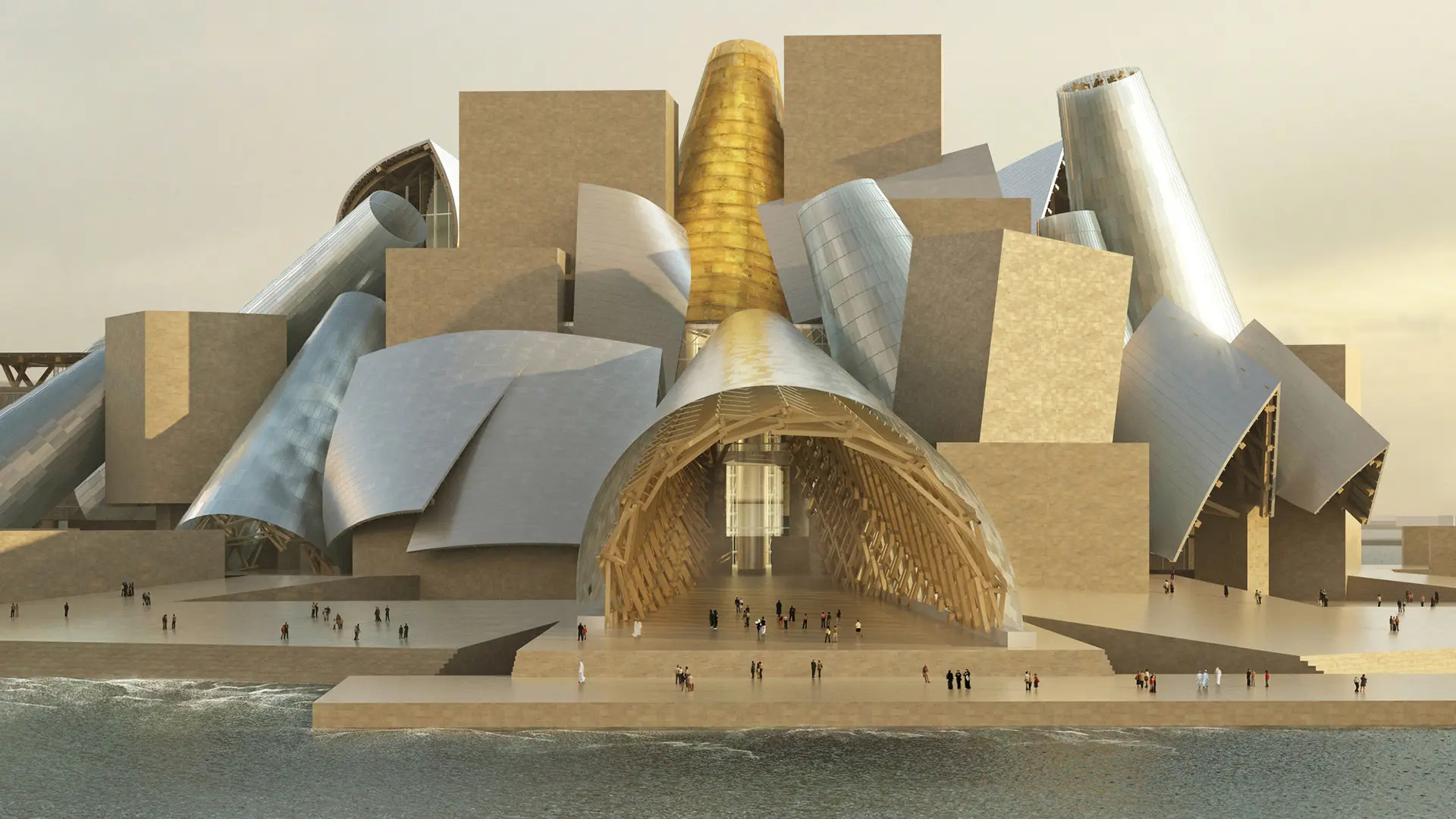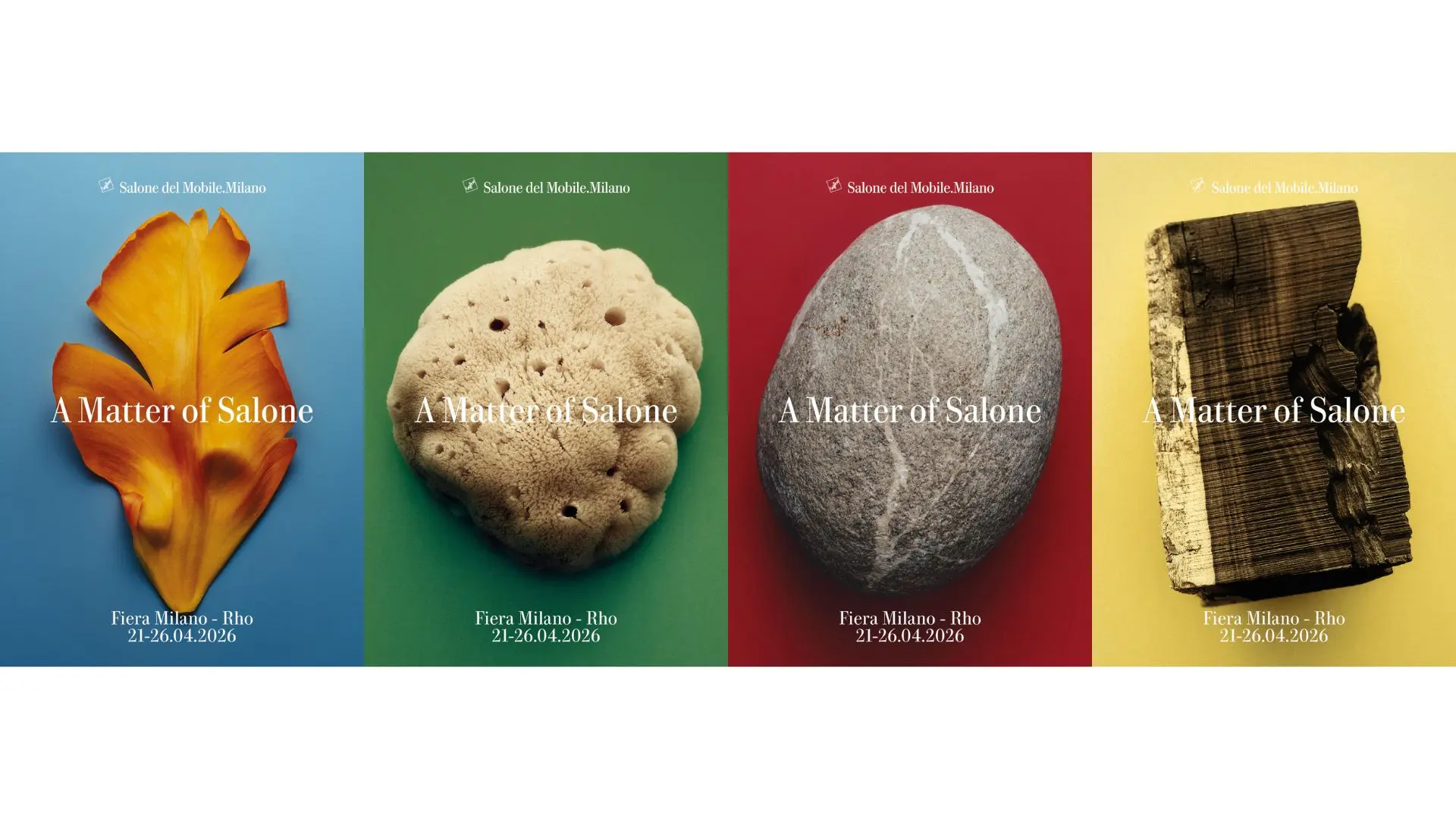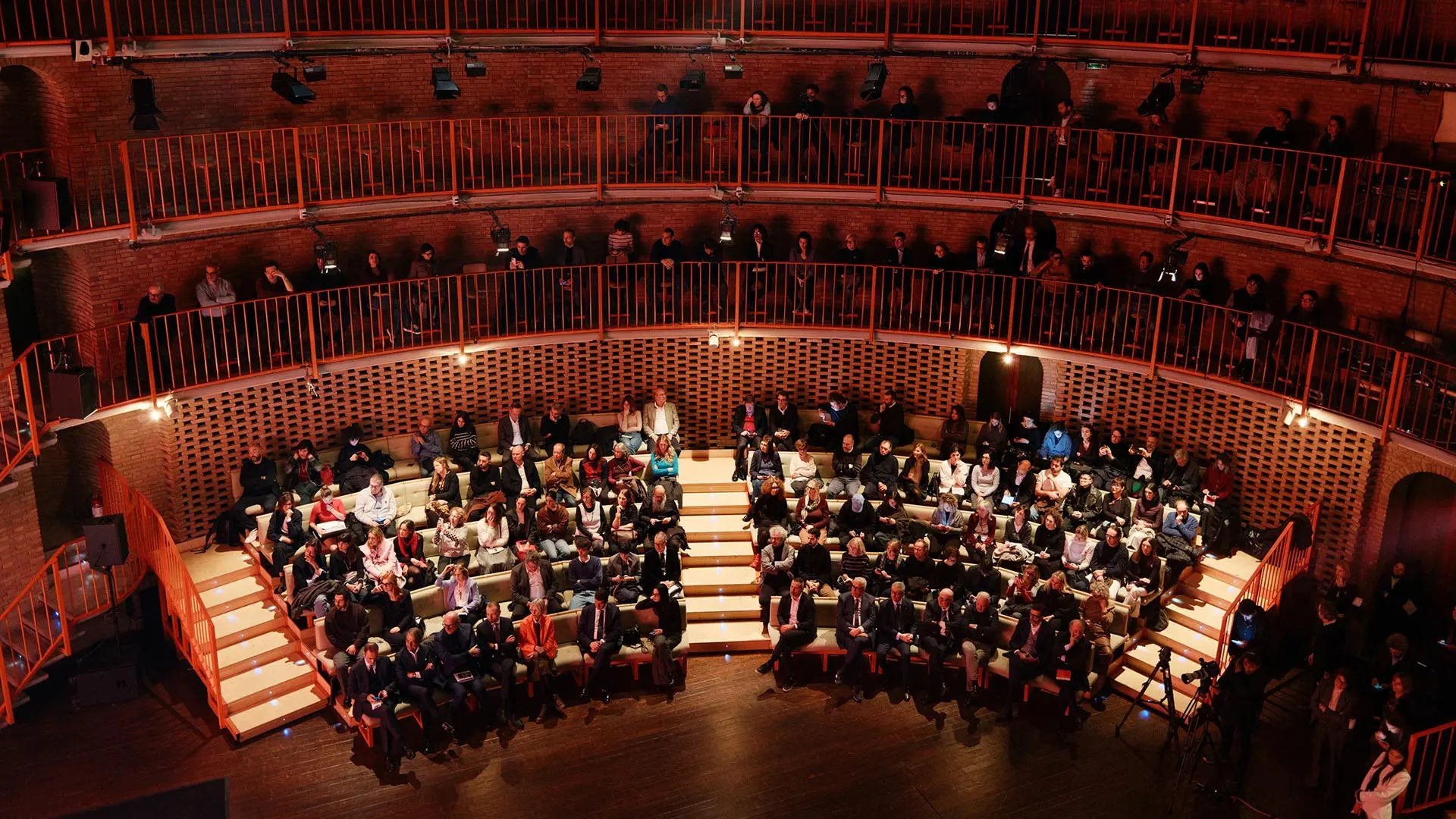From BIG to David Chipperfield, Frank Gehry to Snøhetta: a world tour of the best buildings set to open in 2026

Robert Wilson - Ph. Davide Colombino
The famous American artist has left us at the age of 83. The Salone del Mobile.Milano had the honor of working with him during its 63nd edition, hosting “Mother”, with music by Arvo Pärt, at Museo della Pietà Rondanini – Castello Sforzesco, and with the official opening evening at La Scala entitled "The Night Before. Object Chairs Opera"
Universally known as Bob, Robert Wilson was one of the most radical and poetic figures in contemporary theatre. Born in Waco, Texas, in 1941, he spent more than six decades working on over 200 experimental productions, leaving an indelible mark on theatre, opera, the visual arts, design, scenic architecture and artistic pedagogy, helping to transform the way we perceive space, light, and time. He never acknowledged boundaries between disciplines in his work – for him, light, space, gestures, objects and sound were tools of a unified visual language. He himself was an architect, sculptor, actor, painter, light designer, choreographer and set designer.
Trained in business administration and architecture at the University of Texas and the Pratt Institute in New York (he later became an assistant to the renowned architect Philip Johnson), his career took off in that city, where he founded the Byrd Hoffman School of Byrds in the early Sixties, an interdisciplinary collective that became a laboratory of visions in SoHo (when it was still an undesirable, industrial district into which all the artists moved, including Andy Warhol’s Factory). Right from the outset, his approach eschewed linear narration and psychological realism.
For Wilson, the stage was an abstract, mental, built space. Seen as one of the founding fathers of Image Theatre or Teatro-Immagine, which had already put down roots in Italy with the work of Mario Ricci, around whom figures such as Carmelo Bene, Leo de Berardinis and Giuseppe Bartolucci gravitated, he was strongly influenced by the theatre of Giorgio Strehler and Luchino Visconti. His consecration came during the Seventies, with works such as Deafman Glance and, particularly, Einstein on the Beach (1976), composed with Philip Glass - an opera that breaks with every traditional norm: no plot, no acts, no arias. Just visions. “If I go to the opera, I really want to hear the music. I close my eyes. So the challenge is to find how can I keep my eyes open? How what I see can help me to hear music better?” he said.


In his work, every element has its own rhythmic function: word is sound, gesture is structure, light is actor. “Everything I do can be seen as dance,” he claimed. Movement, for him, always came before the text, because the text had no need of further translators that would be redundant: “I do movement before we work on the text. Later we'll put text and movement together. I do movement first to make sure it's strong enough to stand on its own two feet without words. The movement must have a rhythm and structure of its own. It must not follow the text.” This approach betrays a profound critique of verbal language: he saw the limitations of language, in that it sometimes proved inadequate for expressing our true feelings. He believed especially that only the classics could stand the test of time.
His was a theatre of images, in which every single detail was calibrated with millimetric precision but in which the actors, the costume designers and the set designers had total freedom of expression. It was not a question of representing but of evoking. As evidenced in his Madama Butterfly for the Paris Opera during the Nineties, in which the suicide of the protagonist is indicated by a single gesture, the slow downward movement of her index finger. “This one tiny gesture and that big house became bigger than the big gesture that we’d normally see of opera singers,” he recalled in an interview.
In 2025, at the age of 84, Wilson proffered an aesthetic and poetic testament to the Salone del Mobile.Milano. Three acts, three visions. The first, The Night Before – Objects, Chairs, Opera, staged at La Scala, was a lyrical journey through fragments of five famous operas (Traviata, Macbeth, Butterfly, Norma, and Otello), with a chair-object at the centre of each scene. “Every chair can be a temple. Every object can hold a memory. Every light can be a revelation,” said Wilson.
The second act, Mother, installed in the room containing Michelangelo’s Rondanini Pietà, was a highly intense spiritual experience. A sound and visual installation with music by Arvo Pärt (Stabat Mater), bathed with light like a sacred presence. A contemporary rite of fragility and incompleteness, born of a reflection on the beginning and the end.
The third, his participation in the Euroluce International Lighting Forum, put the seal on his role as a master of light. For him, light was not a decoration. It was architecture. It was philosophy. It was the founding principle of theatre. Over the course of his career, he was the recipient of all the most important international awards: two UBU Awards, the Golden Lion at the Venice Biennale, the Praemium Imperiale in 2023, numerous academic and civil honours in Europe, the United States and Asia. His influence can be seen not only in theatrical languages, but also in architecture, interior design, museum curatorship and artistic pedagogy.
Wilson devised gigantic operas such as The Life and Times of Joseph Stalin (seven hours) and KA MOUNTAIN (Iran, 1972), a performance that went on for seven days, featuring more than 700 participants, dotted around the seven Haft Tan mountaintops in Shiraz. He saw time as a plastic material, capable of being dilated, slowed down, contemplated. But “putting lightness into the work” was also one of his challenges. His work was rigorous, but he could also be tender, ironic, almost infantile: “He transformed the Odyssey into a living fairy tale, full of childlike sensitivity,” according to the actors involved in Odyssey, co-produced by the National Theatre of Greece and the Piccolo Teatro di Milano in 2012-13, which he directed.
Over the course of his career, he met and collaborated with artists such as Susan Sontag, Marina Abramović, Willem Dafoe, Tom Waits and Lucinda Childs. When Marina Abramović asked him to plan her funeral for The Life and Death of Marina Abramović, he agreed, but only on condition that he did the first scene only. As if to say, the end doesn’t exist, it’s just a new theatrical beginning. Wilson studied Japanese theatre while travelling with Sontag, and was inspired by Byzantine art and Mannerism, claiming to be a mannerist himself, a lover of shapes, contradictions, excess and control. He maintained that he sought maximum precision in his actors in order to achieve explosive freedom.
His impact was such that after seeing one of his productions, the Surrealist poet Louis Aragon wrote in 1971: “I never saw anything more beautiful in the world since I was born. Never has any play come anywhere near this one, because it is at once life awake and the life of closed eyes, the confusion between everyday life and the life of each night, reality mingles with dream, all that’s inexplicable in the life of deaf man … it is what we others, who fathered surrealism, what we dreamed might become after us, beyond us.”
Today, more than ever, his lesson is a precious one: learning to slow down, to look deeply and, especially, learning to be quiet and listen with one’s whole body. In Chinese, the symbol for the verb “to listen” is formed of symbols that indicate the ears, the eyes and the heart. Nothing could better describe Bob Wilson’s legacy.


 Stories
Stories







